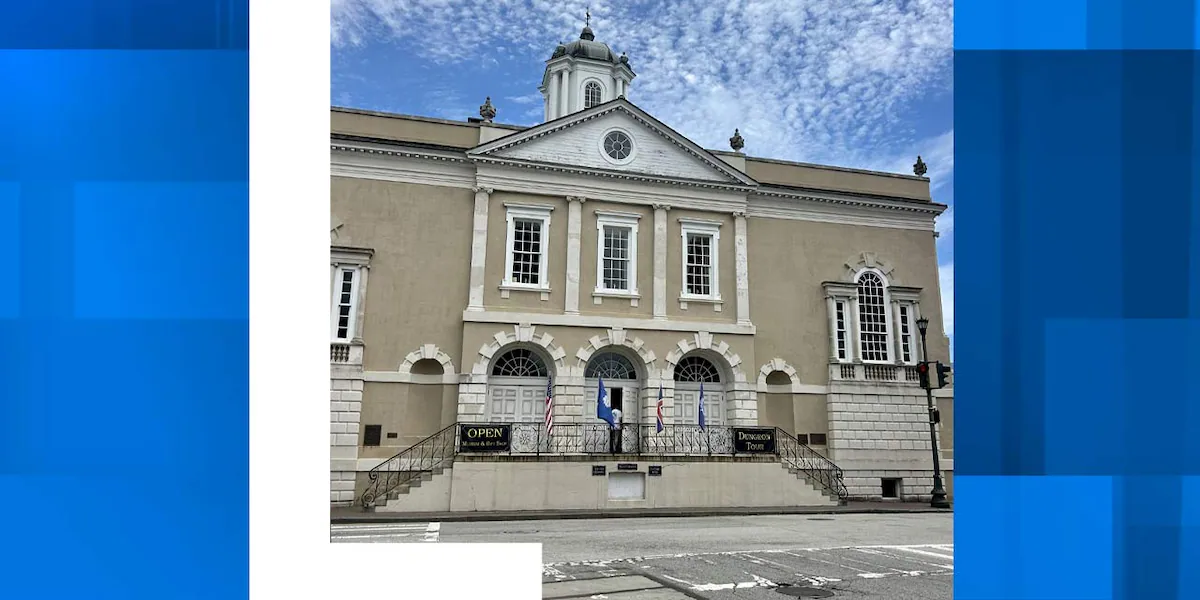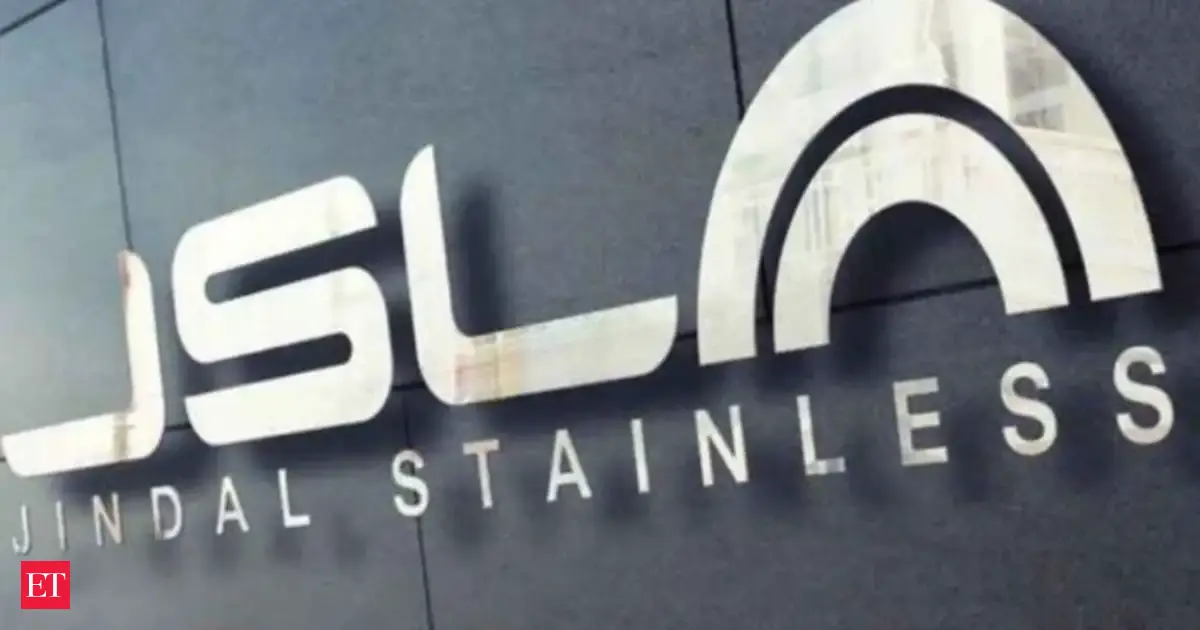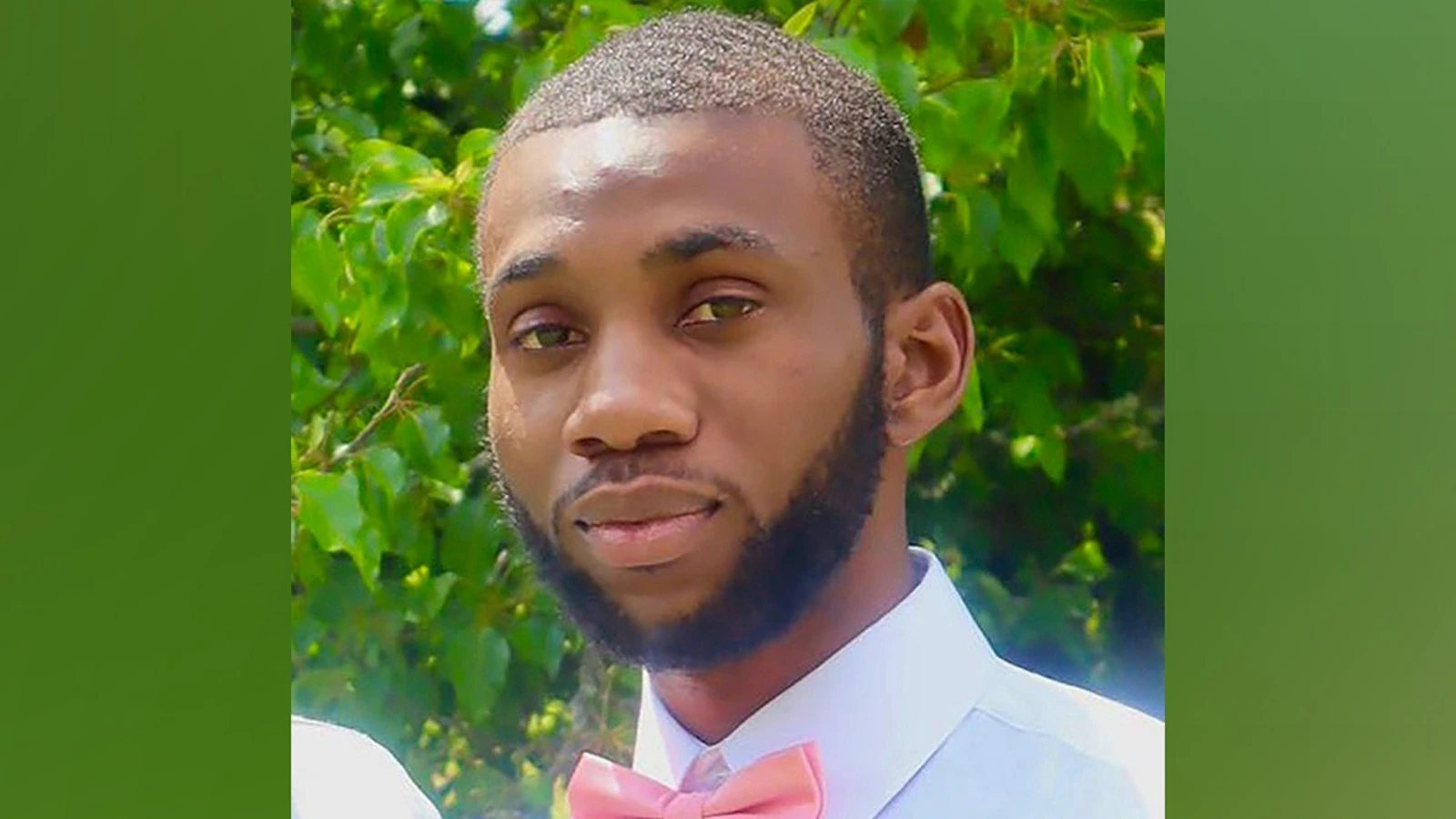
CHARLESTON, S.C. (WCSC) – Step inside a stately brick building at the corner of Charleston’s Broad and East Bay Streets and you’ll find a lot more than plaster and timber.
The Old Exchange and Provost Dungeon, another well-kept piece of Charleston’s architecture, houses echoes of the American story, written in brick and shadow.
A birthplace of Revolutionary ideas
Built in 1771 as a British Customs House, the Old Exchange witnessed South Carolina’s boldest first steps toward independence.
“This is where South Carolina declares independence. This is where the Declaration of Independence is presented publicly. This is where we ratify the Constitution, making South Carolina the eighth state to join the Union,” director Tony Youmans says.
Presidents and royalty have crossed its ballroom floor. George Washington danced here in 1791; James Monroe followed in 1819. Even Prince Charles and Japan’s Emperor and Empress have stood beneath its soaring ceiling.
“To be in this building, to get a sense of place, to get a sense of American history and just understand that it all happened here. It happened here,” Youmans says.
A cupola with a view…and a warning
High above the city, the Exchange’s cupola offers a rare bird’s-eye view of Charleston’s harbor.
In 1863, that view came with a price: Federal cannons trained on the city made the cupola one of the most dangerous perches in town.
Most visitors will never climb there, but the sense of history and vulnerability lingers in every beam and brace.
Darkness below
Beneath the grand ballroom lies the Provost Dungeon, a space that once held as many as 60 prisoners at a time after Charleston surrendered to British forces in 1780.
“You certainly can’t discount the amount of human suffering that happened in this space,” Education Coordinator Alec Johnson says. “We don’t know how many people came through this space. We don’t know how many people died here.”
The word “dungeon” is no modern exaggeration. Newspapers of the era used the term themselves, documenting the misery within.
The weight of slavery
Outside the Exchange’s front steps, another painful truth unfolded for nearly a century: enslaved men, women, and children were sold as property.
Inside, you can still trace their work in the Roman numerals carved into original beams, silent signatures of those who built the structure but were denied freedom.
“That is the worst part of American history,” Youmans says. “You’ll never reconcile it, but you need to talk about it. You must understand it.”
A living artifact
Despite bombardments, earthquakes, hurricanes, and centuries of change, roughly 90% of the Exchange’s brickwork is original.
“The building very much is an artifact in and of itself. It’s a survivor,” Johnson says.
Scarred but steadfast, the Old Exchange reflects the nation’s contradictions: lofty ideals alongside painful realities, grandeur paired with grief.
Plan your visit
Today, the Old Exchange and Provost Dungeon welcomes visitors seven days a week for guided tours that move from its sunlit ballroom to the shadowed dungeon below.
Click here for more information on the Old Exchange and Provost Dungeon.
As America approaches its 250th anniversary, special events are planned throughout the coming year.
Stand in the room where independence was declared. Walk the dungeon where prisoners once waited in darkness. In a city rich with history, the Old Exchange offers something rare: the chance to stand inside the living heart of America’s earliest – and most complicated chapters.



